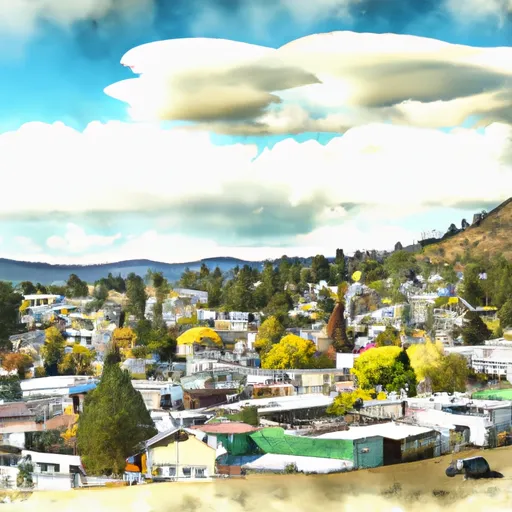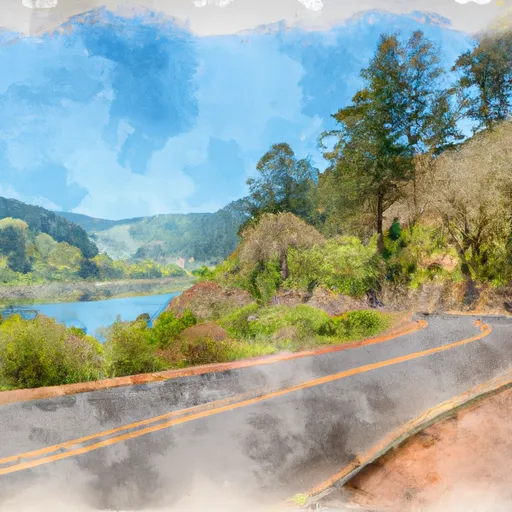°F
°F
mph
Windspeed
%
Humidity











Joseph, Oregon is a charming small town nestled in the picturesque Wallowa Valley. Known for its stunning natural beauty, Joseph offers a favorable climate and abundant outdoor recreation opportunities. The town enjoys a semi-arid climate with warm summers and cold winters. Summers are mild and pleasant, with temperatures averaging around 80°F, perfect for outdoor activities like hiking, fishing, and camping. Winters bring snowfall, creating a winter wonderland for skiing, snowshoeing, and snowmobiling.
Joseph is surrounded by breathtaking natural landscapes, including the Wallowa Mountains and the Wallowa-Whitman National Forest. The area is also home to numerous rivers and lakes, providing excellent hydrology constituents for fishing, boating, and rafting enthusiasts.
Outdoor recreation opportunities abound in Joseph, attracting visitors from far and wide. The nearby Wallowa Lake State Park offers camping, hiking trails, and water sports. The Eagle Cap Wilderness area is a paradise for hikers and backpackers, with its towering peaks and pristine alpine lakes. The Wallowa-Whitman National Forest provides endless opportunities for hunting, fishing, and wildlife watching. Whether you seek adventure or tranquility, Joseph's natural wonders offer something for everyone.
Weather Forecast
Joseph receives approximately 458mm of rain per year, with humidity levels near 68% and air temperatures averaging around 6°C. Joseph has a plant hardyness factor of 5, meaning plants and agriculture in this region thrive during a short period during spring and early summer. Most plants will die off during the colder winter months.
Regional Streamflow Levels
5,340
Cubic Feet Per Second
25,100
Cubic Feet Per Second
30,300
Cubic Feet Per Second
8,690
Cubic Feet Per Second
Nearby Camping
| Camping Area | Reservations | Toilets | Showers |
|---|---|---|---|
| Fish Lake | |||
| Lick Creek | |||
| Wallowa Lake State Park | |||
| Turkey Flat Forest Camp | |||
| Shady | |||
| Two Pan |



